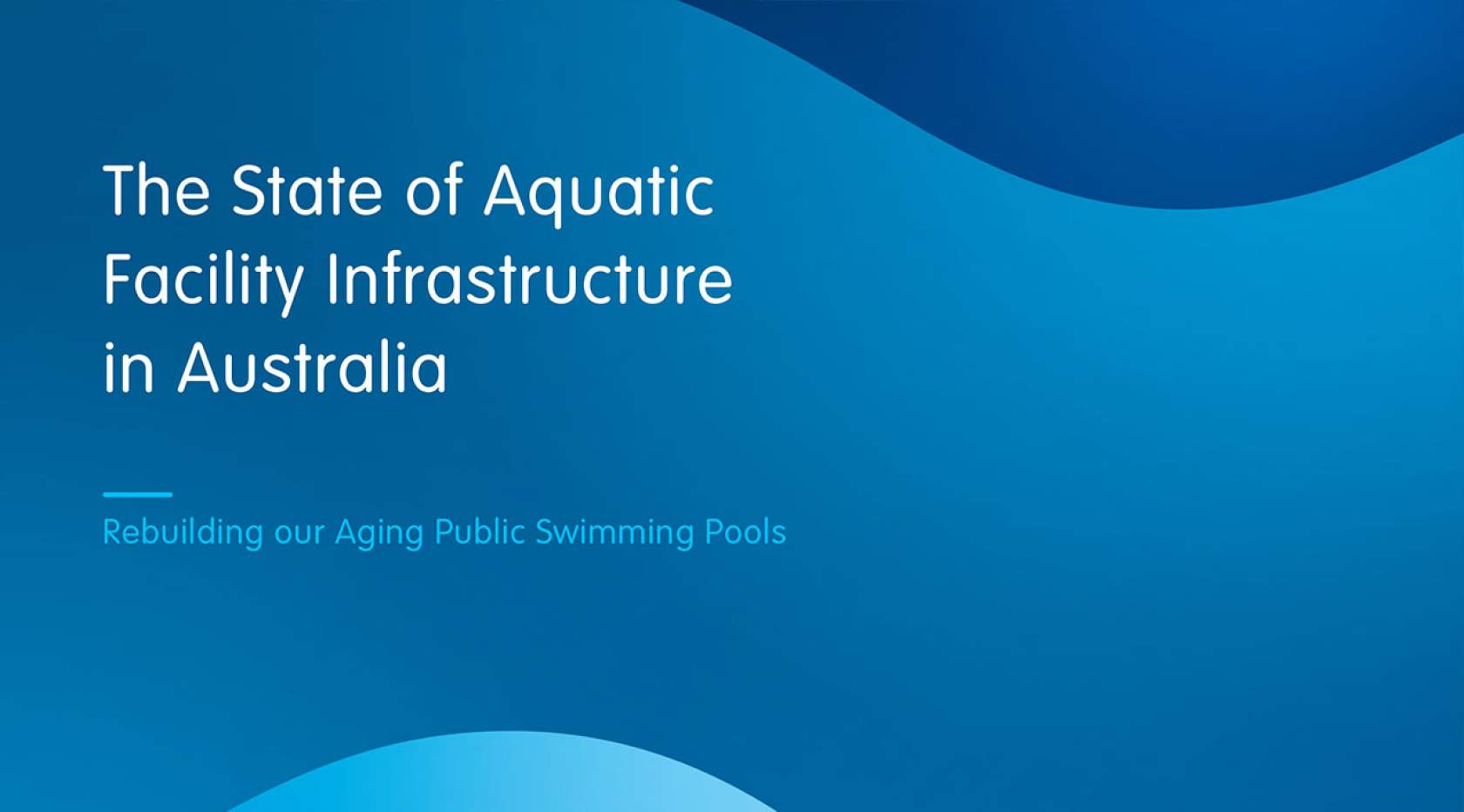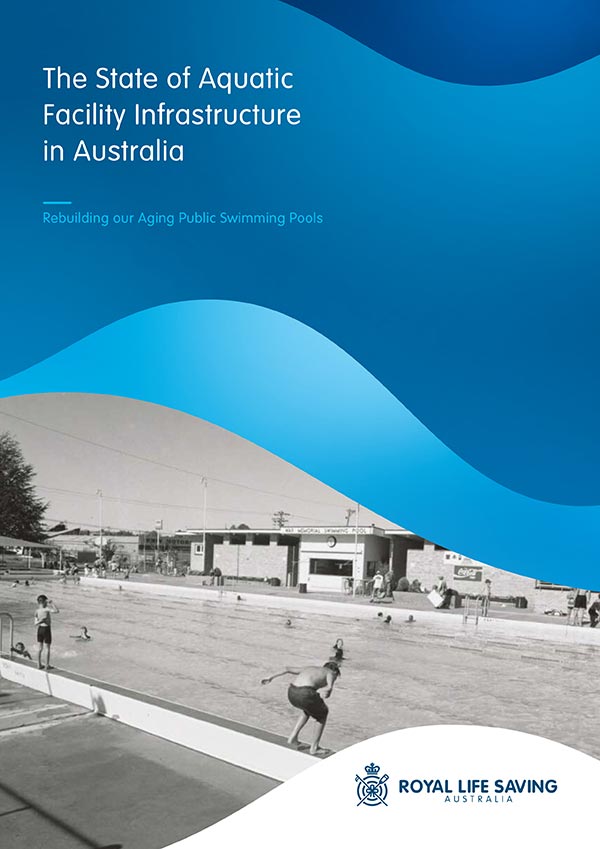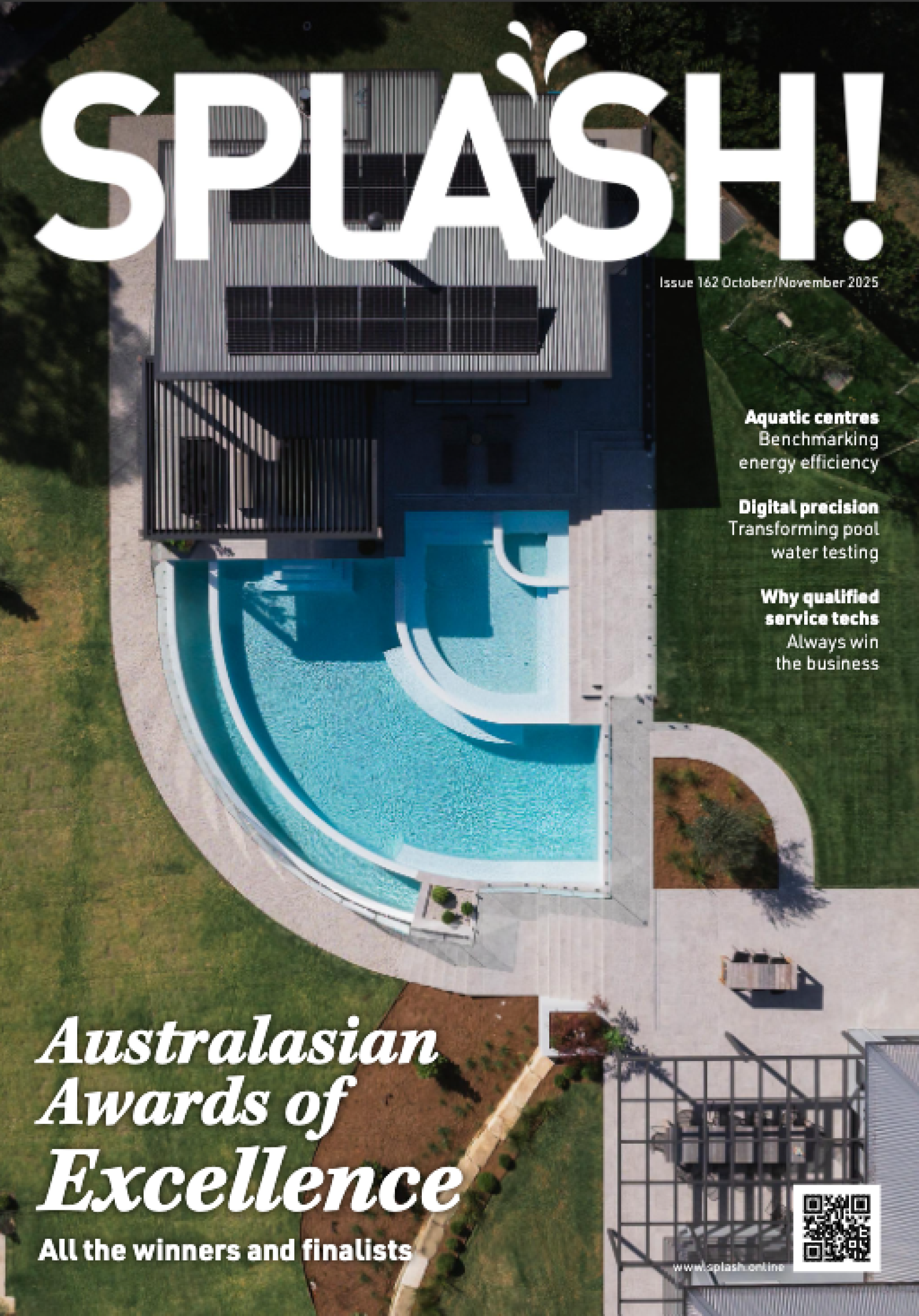$8 billion needed to replace 500 public pools by 2030

A new report from Royal Life Saving (RLS) has assessed the state of aquatic facility infrastructure across the Australian community, and found a great deal of money needs to be spent to bring it up to scratch.

The State of Aquatic Facility Infrastructure in Australia found that:
- The average Australian public pool was built in 1968.
- 500 (40 per cent) of public pools will reach the end of their functional lifespan by 2030.
- $8 billion is needed to replace those 500 aging public pools.
- A further $3 billion will be needed to replace facilities ending their lifespan by 2035.
- Aging public pools are predominantly servicing regional areas currently, who are inherently less likely to be positioned favourably to replace these assets when they expire shortly.
Additional findings include:
- 64 per cent of all renewal or new aquatic facility construction is currently financed by local government in Australia.
- 77 per cent of aquatic facilities in regional areas are publicly owned.
- 79 per cent of aquatic facilities located in areas with the lowest SEIFA decile are publicly owned.
- 74 per cent of aquatic facilities located in areas with the highest SEIFA decile are privately owned.
- Many regional councils struggle to afford to maintain or replace swimming pools, and increasingly councils are considering closing their pools.
- Closing community pools is inherently very unpopular and consistently aggravates community sentiment and mobilises communities towards involvement in the political process.

This all means that deliberate and considered action is needed to plan for the future aquatic infrastructure needs of Australia. The report identifies key options for consideration including:
- Working with the private sector to provide services beyond learn to swim so that they may be able to make privately owned facilities available for recreational, leisure and fitness swimming to the broader community.
- Exploring how schools might build and share their aquatic facilities.
- Encouraging and facilitating greater cooperation between councils.
- Exploring how sports clubs and associations who may seek the use of aquatic facilities might also consider collaborative approaches to the development of such facilities.
Royal Life Saving will seek to bring together the aquatic sector and government to understand the situation and explore new approaches and opportunities for the continued provision of publicly accessible aquatic facilities in Australia.




